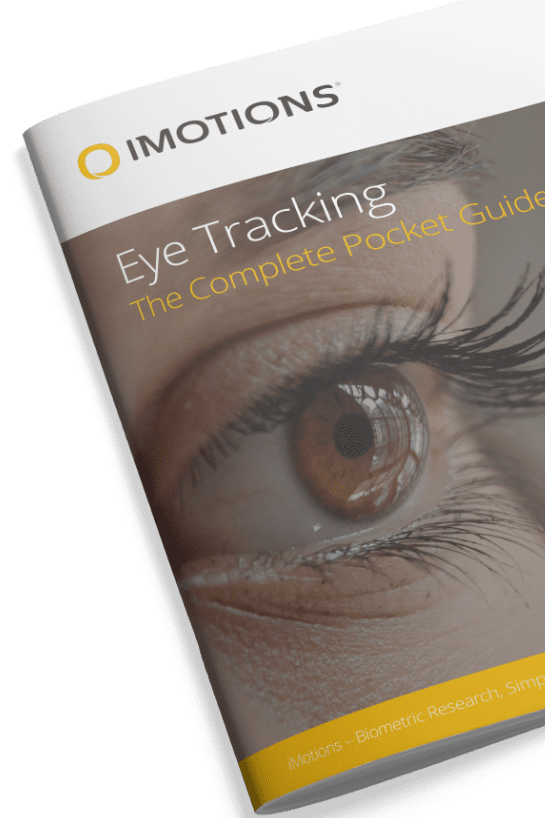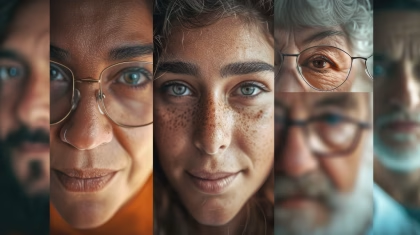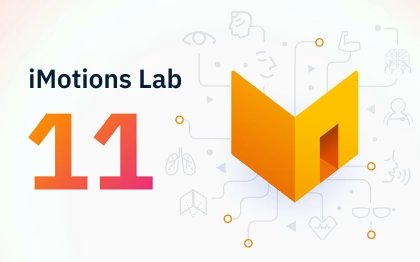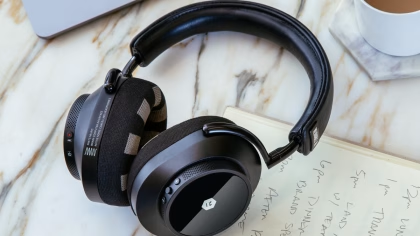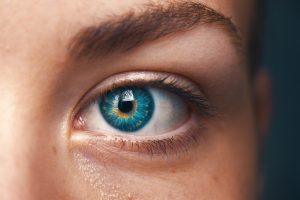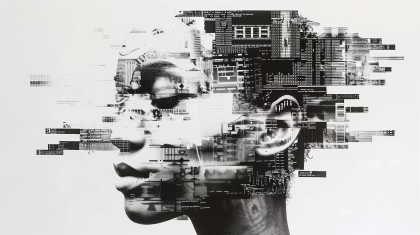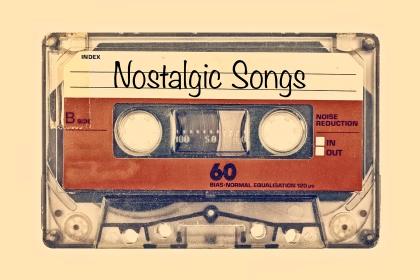Table of Contents
Gaze tracking, also known as eye gaze tracking, is transforming the way we interact with technology, conduct research, and understand human behavior. By accurately measuring where a person is looking and tracking their eye movements, gaze tracking technology provides invaluable insights and enhances user experiences across various sectors. In this article, we’ll delve deeper into what gaze tracking entails, its workings, and the exciting applications that are revolutionizing industries worldwide.
What is Gaze Tracking and How Does It Work?
Gaze tracking, or eye movement tracking, involves monitoring the point of gaze and the movements of the eyes. This technology typically utilizes high-resolution cameras and infrared light to capture detailed images of the eyes. Advanced algorithms then process these images to determine the exact point of gaze and track eye movements in real-time, creating a comprehensive gaze map.
The technology comprises several key components:
- Cameras: These high-resolution cameras capture eye movements with precision.
- Infrared Light: Infrared light helps create reflections in the eyes, making them easier to detect and track.
- Proprietary Algorithms: Sophisticated algorithms analyze the captured images, identifying features like the pupil and corneal reflection to calculate the point of gaze accurately.

Gaze Tracking vs. Eye Tracking: Are They Interchangeable?
Gaze tracking and eye tracking are terms often used interchangeably, but they refer to different aspects of tracking eye movements and visual attention. Understanding the distinction between the two is essential for grasping their specific applications and functionalities.
Eye Tracking
Eye tracking focuses on monitoring and recording the movements and behaviors of the eyes themselves. This includes:
- Fixations: Periods where the eyes remain relatively still and focus on a specific point.
- Saccades: Rapid movements between fixation points.
- Pupil Dilation: Changes in the size of the pupil, which can indicate various cognitive and emotional states.
- Blinks: Frequency and duration of blinking.
The primary goal of eye tracking is to gather data about how the eyes move and behave, which can be used to infer cognitive processes, fatigue levels, and visual attention patterns.
Gaze Tracking
Gaze tracking, on the other hand, is more focused on determining the exact point where a person is looking (the point of gaze) and mapping this information onto a visual scene or interface. Key aspects include:
- Point of Gaze: The specific location on a screen or in a visual environment where the person is looking.
- Gaze Path: The trajectory of the gaze as it moves across a visual scene.
- Gaze Mapping: Overlaying the point of gaze data onto a visual display to understand where attention is directed.
The primary goal of gaze tracking is to understand visual attention and interest in specific elements within a visual field, such as a computer screen, advertisement, or real-world scene.
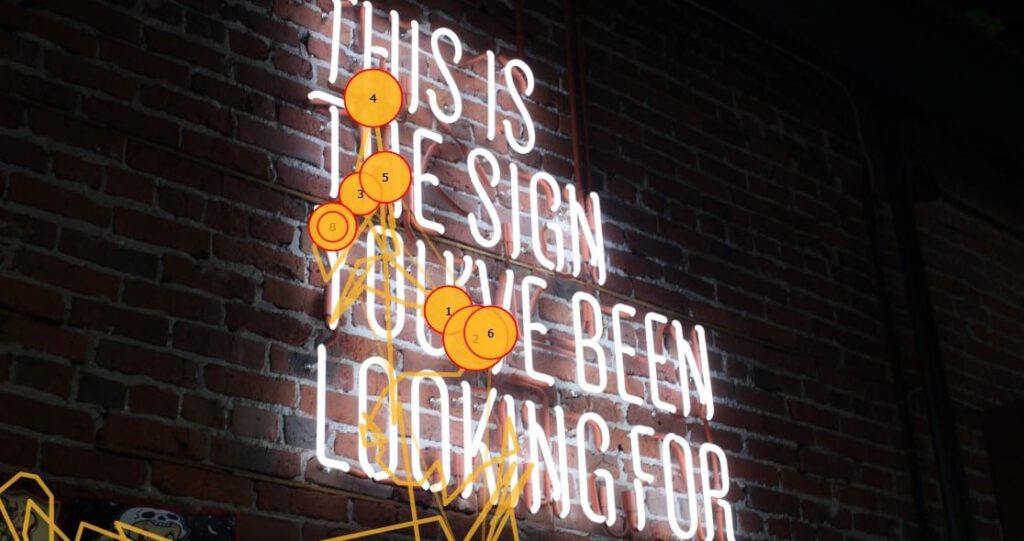
Key Differences Between Gaze Tracking and Eye Tracking
- Focus:
- Eye Tracking: Emphasizes the physical movements and behaviors of the eyes.
- Gaze Tracking: Emphasizes the location of the gaze and the visual attention of the user.
- Data:
- Eye Tracking: Provides detailed data on eye movements, including fixations, saccades, pupil dilation, and blinks.
- Gaze Tracking: Provides data on where the gaze is directed and how it moves across a visual field.
- Applications:
- Eye Tracking: Used in psychological research, medical diagnostics, and human factors studies to understand underlying cognitive and emotional processes.
- Gaze Tracking: Used in marketing, human-computer interaction, virtual reality, and usability studies to optimize visual interfaces, advertisements, and user experiences.
- Technology:
- Eye Tracking: Often involves specialized equipment that tracks the precise movements of the eyes.
- Gaze Tracking: May use similar technology but focuses on mapping gaze points onto a specific visual field or interface.
While gaze tracking and eye tracking are closely related and often overlap, they serve different purposes and provide different types of insights. Eye tracking is more concerned with the mechanics and behaviors of the eyes themselves, while gaze tracking is focused on where the gaze is directed and what this indicates about visual attention and interest. Understanding these differences helps in selecting the appropriate technology and approach for specific applications and research needs.
6 Exciting Applications of Gaze Tracking
Gaze tracking technology has found applications in a myriad of fields, each benefiting from its unique ability to provide detailed insights into visual behavior and eye movements. Here are some of the most impactful areas:
- Healthcare:
- Medical Research and Diagnostics: Gaze tracking is instrumental in studying neurological conditions such as autism, ADHD, and Parkinson’s disease. It aids in early diagnosis and understanding patient behaviors, providing a non-invasive method to gather critical data.
- Rehabilitation: For patients recovering from strokes or brain injuries, gaze tracking can help assess progress and guide therapy.
- Human-Computer Interaction:
- Accessibility: Gaze tracking enhances user experience by enabling hands-free control of devices, making technology more accessible to individuals with disabilities.
- User Experience Design: By understanding how users interact with interfaces, designers can optimize layouts and features to improve usability and satisfaction.
- Marketing and Consumer Research:
- Consumer Behavior Analysis: Companies utilize gaze tracking to analyze where consumers look, helping to optimize product placement, packaging design, and advertising strategies.
- Advertisement Effectiveness: By tracking eye movements, marketers can gauge the effectiveness of advertisements and make data-driven adjustments.
- Virtual Reality and Gaming:
- Immersive Experiences: Integrating eye movement tracking in VR headsets and gaming systems enhances immersion by allowing the environment to respond to where the user is looking.
- Personalized Gaming: Developers can create games that adapt to the player’s gaze, offering a more personalized and engaging experience.
- Automotive Industry:
- Driver Monitoring Systems: Eye gaze tracking systems in vehicles monitor driver attention, helping to prevent accidents caused by distraction or drowsiness.
- Enhanced Safety Features: Future cars may use gaze tracking to trigger safety features if they detect the driver is not paying attention to the road.
- Education:
- Student Engagement: In educational settings, gaze tracking assesses student engagement and understanding, providing real-time feedback to educators to enhance learning experiences.
- Customized Learning: By tracking where students focus, educational software can adapt content to better suit individual learning needs.
As technology advances, gaze tracking is set to become more accurate, affordable, and widespread. The integration of artificial intelligence and machine learning will further enhance the precision of gaze mapping, opening up new possibilities for innovation. From improving accessibility and user experience to advancing medical research and safety, the potential of gaze tracking technology is boundless.
In conclusion, gaze tracking, eye gaze tracking, and eye movement tracking represent a cutting-edge intersection of technology and human behavior. With its diverse applications and continuous technological advancements, gaze tracking is poised to transform industries and improve both products and services in our daily lives. Keep an eye on this space as gaze tracking continues to unlock new frontiers in understanding and interaction.
Eye Tracking
The Complete Pocket Guide
- 32 pages of comprehensive eye tracking material
- Valuable eye tracking research insights (with examples)
- Learn how to take your research to the next level
